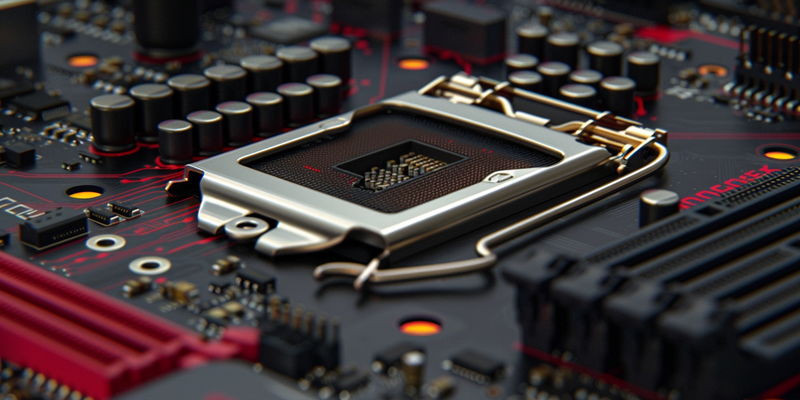Intel’s recent predicament with its 13th and 14th Generation CPUs has left gamers frustrated and perplexed. The coveted gaming performance promised by these advanced processors was being marred by stability issues, resulting in system crashes and the feared Blue Screen of Death (BSOD). The much-needed answer from Intel attributed these failures to system and motherboard manufacturers pushing the envelope beyond prescribed limits. The CPUs, known for their computational capabilities, were found to be operating under extreme conditions, with power and thermal boundaries set to “Unlimited.” Hence, a delicate equilibrium between performance, stability, and adherence to guidelines has become a focus for discussion and immediate action, with Intel at the helm addressing the concerns.
The Root of CPU Instability
Intel’s dive into the maelstrom of CPU instability unveiled an uncomfortable truth; motherboards had been liberally programmed to unleash maximum power without due consideration for the recommended confines. This unrestrained approach led to heightened thermal stress and power consumption, pushing the CPUs into a danger zone. The immediate fallout was a spike in system instability, creating an erratic gaming experience evidently contrary to Intel’s vision of seamless performance. In an attempt to curb this instability, Intel suggested a counterintuitive solution: throttling down the CPU. Subsequent performance benchmarks have indicated that such necessary corrections could erode gaming performance by up to 15%, a significant dip that gamers and enthusiasts would certainly notice.
In this exchange between top-tier performance and system longevity, the balancing scales have tipped rather forcibly. This segment of Intel’s response not only sheds light on the inadequacies encountered by end-users but also signals a larger conversation about sustainable hardware use and the cost of pushing hardware to its limits.
Intel’s Stance and Manufacturer Response
Intel’s official proclamation on the matter did not mince words. Motherboard manufacturers were operating CPUs out of spec, they acknowledged, resulting in overburdened systems. The issue rested on the disabling of critical CPU features and sidestepping Intel’s carefully crafted power limits. Intel’s directive was clear: motherboard manufacturers must adopt BIOS settings in line with Intel’s specifications. Warnings about the inherent risks of overclocking became a prerequisite for a transparent relationship with users, urging clarity about the long-term impacts of such actions.
Following Intel’s lead, prominent motherboard creators like ASUS, MSI, and Gigabyte have started to introduce BIOS updates. These updates come equipped with “Intel Baseline” settings, creating a more robust and standardized performance base. This is a key moment of alignment, where manufacturers are recalibrating their strategies to ensure that motherboard operations stay within Intel’s safe harbor. It’s a necessary pivot that respects the boundary between peak performance and the operational sustainability of CPUs.
Performance Implications for Consumers
Intel has addressed a crucial concern with motherboard manufacturers, pointing out that CPUs have been pushed beyond their specifications. This problem was due to the deactivation of important CPU functions and the disregard for Intel’s power limits. Intel has been upfront, demanding that motherboard makers adhere to their BIOS parameters to prevent overtaxed systems. They’ve also stressed the importance of clear communication about the potential risks of overclocking to ensure consumers are fully informed.
In response, major players in the motherboard industry such as ASUS, MSI, and Gigabyte have begun rolling out BIOS updates that incorporate “Intel Baseline” settings. These updates are designed to align with Intel’s specifications and maintain CPU integrity. By introducing these settings, manufacturers aim to provide a standard for consistent and safe CPU performance. This move signifies a major step towards a cooperative approach between Intel and motherboard manufacturers, prioritizing long-term reliability over short-term performance gains.


